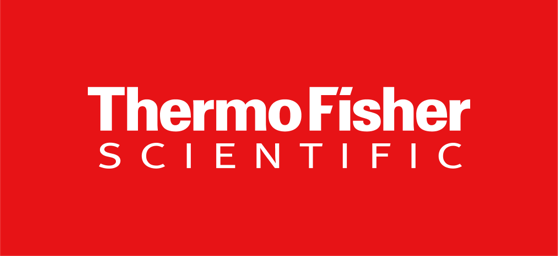Conditional and unconditional QTL analysis for sex and growth traits in South African abalone (Haliotis midae).
Tshilate T.S., Rhode C.*
Department of Genetics, Stellenbosch University, Private bag X1, Matieland, 7602, South Africa
Abalone (Haliotis midae) is a commercially valuable marine gastropod native to South Africa, prized for its high quality meat and high market demand. This study aimed to understand the genetic basis of sex determination and growth in H. midae, by constructing a high-density genetic linkage map and performing quantitative trait locus (QTL) analysis. A total of 203 individuals from three full-sib families were genotyped using 2861 SNPs, mapped to 18 linkage groups (LGs). The genetic map spans 1674.56 cM, with an average inter-marker distance of 0.65 cM and 98.69% genome coverage. QTL mapping for sex and growth traits was done through conditional and unconditional analyses. A single QTL for sex on LG2 explained 9.1-9.7% of phenotypic variance in the unconditional analysis and 8.4-8.9% in the conditional analysis. For growth traits, conditional QTL analysis identified four QTLs across three LGs, explaining 8.5-12.4% of phenotypic variance. Unconditional QTL analysis identified three QTLs on two LGs, with phenotypic variance ranging from 8.4-18.5%. Potential growth-related candidate genes included IGFBPs, RHO-1, FGF-2, MEGFs, CAMKs, MLCK, KLHL6, SLK1, MYO3A, NUAK1, RAB, IGFALS, IGSF10, SEVP1 and SNED1. Candidate genes for sex determination, such as KISS1R, SSTR1, ZNF26, PRDM9, CBR3, SPATA5, and OX2R, were identified within the QTL interval on LG2. This study provides insights into the genetic mechanisms underlying growth and sex determination in H. midae, aiding in the development of molecular markers for selective breeding programmes and highlighting the importance of considering sex-specific effects in genetic studies for efficient abalone aquaculture.
Keywords: genetic linkage map, selective breeding, genetic mechanisms, aquaculture
